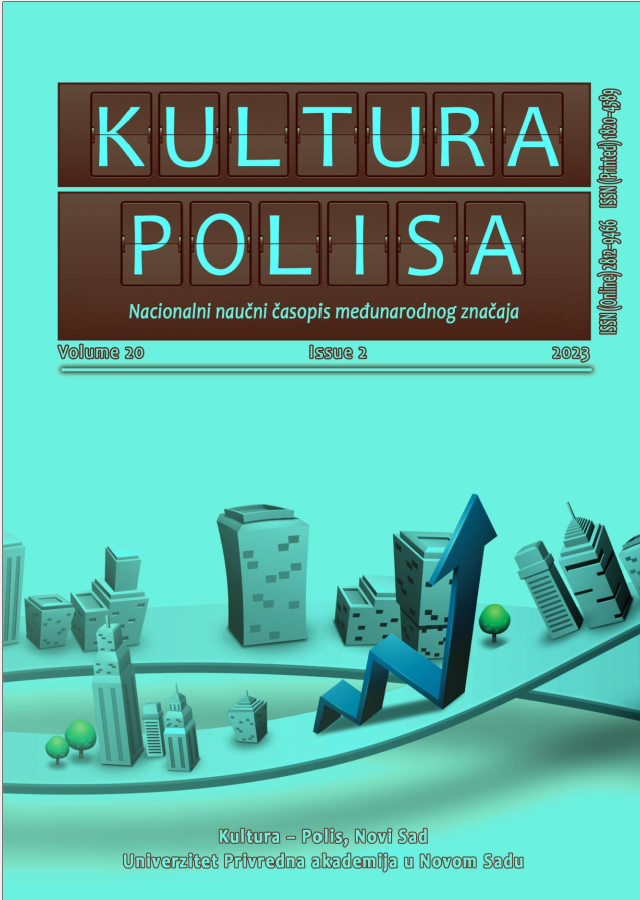WHOSE MARGIN OF APPRECIATION? ANALYZING ITS SIGNIFICANCE IN EUROPEAN HUMAN RIGHTS JURISPRUDENCE
WHOSE MARGIN OF APPRECIATION? ANALYZING ITS SIGNIFICANCE IN EUROPEAN HUMAN RIGHTS JURISPRUDENCE
Author(s): Aleksandar TodorovićSubject(s): International Law, Human Rights and Humanitarian Law
Published by: Удружење „КУЛТУРА–ПОЛИС“ Нови Сад
Keywords: margin of appreciation; freedom of artistic expression; test of proportionality
Summary/Abstract: In legal theory but also in the case law of the European Court of Human Rights, there is an undisputed consensus that the margin of appreciation represents a certain “room for manoeuvre” that the Court grants to national authorities when assessing their behaviour before it is prepared to find that a violation of rights has indeed occurred. Moreover, it is often argued in legal theory that the margin of appreciation is a method of interpreting the Convention. Although these claims are widely accepted and well-founded, in recent years, various authors in legal theory have increasingly put forward assertions that the margin of appreciation has another “hidden” role in the Court's case law, namely, that it is a judicial tool through which the Court increasingly tries to create room for manoeuvre in decision-making. In this paper, the author will build on this theory of the margin of appreciation as a judicial tool aimed at giving the Court room for manoeuvre. The goal of the paper is to test the thesis on the margin of appreciation as a judicial tool aimed at leaving a certain maneuvering space for the Court itself in decisionmaking, using the method of conceptual analysis and the case study method. Following that, the author will approach the analysis of factors that provide an explanation for why the idea of leaving maneuvering space for the Court itself in decision-making and argumentation may be appealing to the Court.
Journal: Kultura Polisa
- Issue Year: 20/2023
- Issue No: 2
- Page Range: 130-154
- Page Count: 25
- Language: English

